ALMA telescope discovered a galaxy (BRI 1335–0417) with features of a spiral galaxy, dating back 1.4 billion years after the Big Bang, beating the previous record by over a billion years.
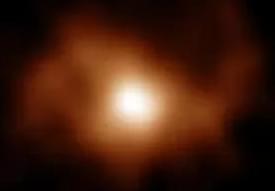

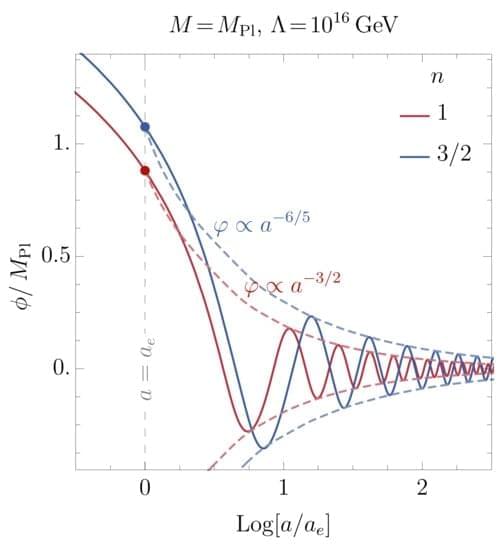
We discuss a perturbative and non-instantaneous reheating model, adopting a generic post-inflationary scenario with an equation of state w. In particular, we explore the Higgs boson-induced reheating, assuming that it is achieved through a cubic inflaton-Higgs coupling ϕ|H|2. In the presence of such coupling, the Higgs doublet acquires a ϕ-dependent mass and a non-trivial vacuum–expectation–value that oscillates in time and breaks the Standard Model gauge symmetry. Furthermore, we demonstrate that the non-standard cosmologies and the inflaton-induced mass of the Higgs field modify the radiation production during the reheating period. This, in turn, affects the evolution of a thermal bath temperature, which has remarkable consequences for the ultraviolet freeze-in dark matter production.

A team of scientists, astrophysicists and physicists, in an experiment called BICEP2 (Background Imaging of Cosmic Extragalactic Polarisation 2), carried out over nine years at an astronomical observatory at the South Pole, reported that they had discovered undeniable traces of a much sought-after phenomenon in astrophysics: gravitational waves. It was also announced that the method used to make the discovery had provided an important confirmation of the theoretical model of Big Bang cosmology, and would allow the first moments after this primordial explosion—the moment of creation for modern astrophysics—to be studied experimentally.
When you don’t find gravitational waves…
If we imagine space and time as the surface of an ocean, gravitational waves can be thought of as ripples in that ocean. More precisely, gravitational waves are theoretical ripples in space-time, first predicted by Albert Einstein in 1916 on the basis of his general theory of relativity. Like electromagnetic waves, which are produced by the oscillation of an electric charge, it is thought that a sufficiently strong oscillation of a very massive object should produce gravitational waves, which carry energy in the form of gravitational energy.
“People often ask about this, and simulating these difficult-to-imagine processes helps me connect the mathematics of relativity to actual consequences in the real universe,” said Jeremy Schnittman, an astrophysicist at NASA’s Goddard Space Flight Center in Greenbelt, Maryland, who created the visualizations. “So I simulated two different scenarios, one where a camera — a stand-in for a daring astronaut — just misses the event horizon and slingshots back out, and one where it crosses the boundary, sealing its fate.”
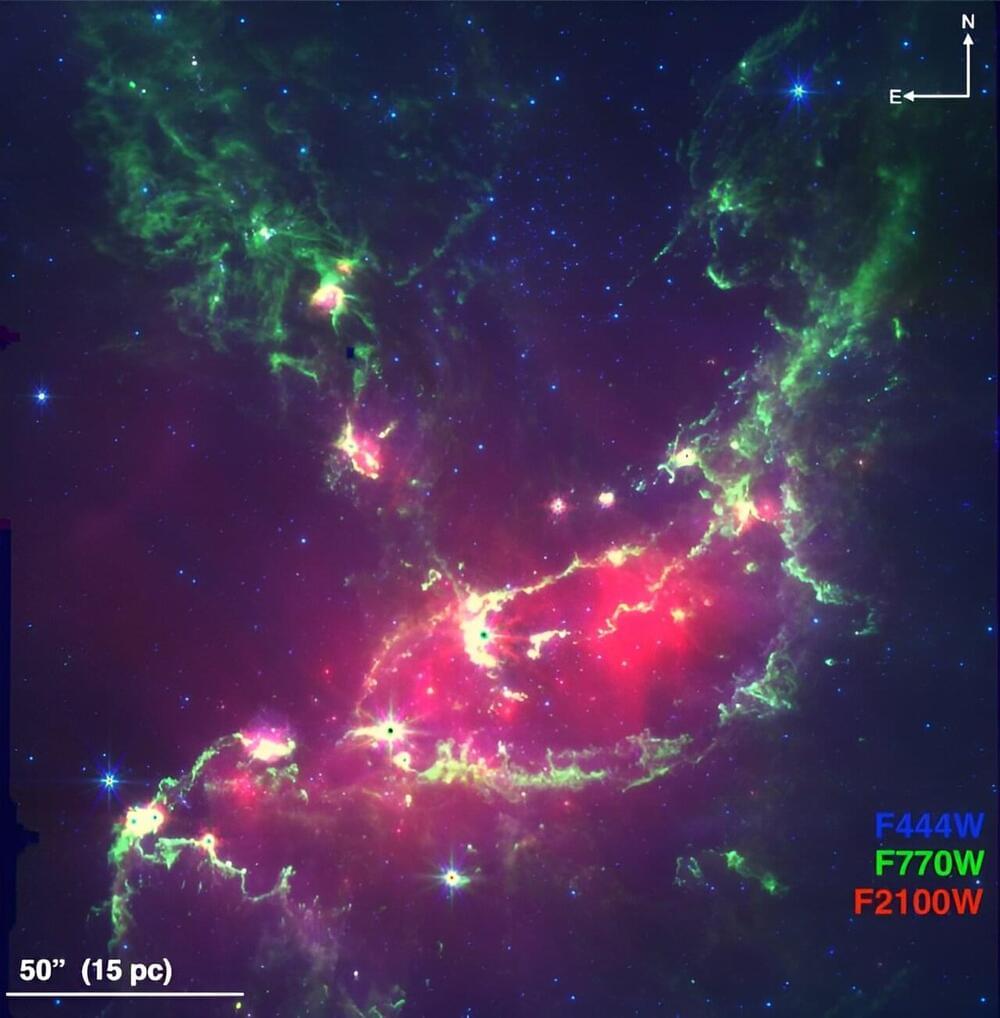
Using the James Webb Space Telescope (JWST), an international team of astronomers has explored young stellar objects (YSOs) in an open cluster known as NGC 346. The study, published April 24 on the preprint server arXiv, yields crucial information about the properties of YSO population in this cluster.

Astronomers have picked up a gravitational-wave signal originating from a dramatic collision deep in the cosmos. The event, dubbed GW230529, was recorded by the LIGO Livingston detector in May 2023.
Gravitational waves are caused by the acceleration of massive objects, such as merging black holes or neutron stars. According to Albert Einstein’s theory of general relativity, massive objects like planets, stars, and black holes distort the fabric of spacetime around them.
When these massive objects accelerate or change speed, they create waves that propagate outward at the speed of light. The detection of gravitational waves opens up a new window for observing the universe, allowing scientists to study phenomena that were previously inaccessible, such as the mergers of black holes and neutron stars, as well as the nature of gravity itself.
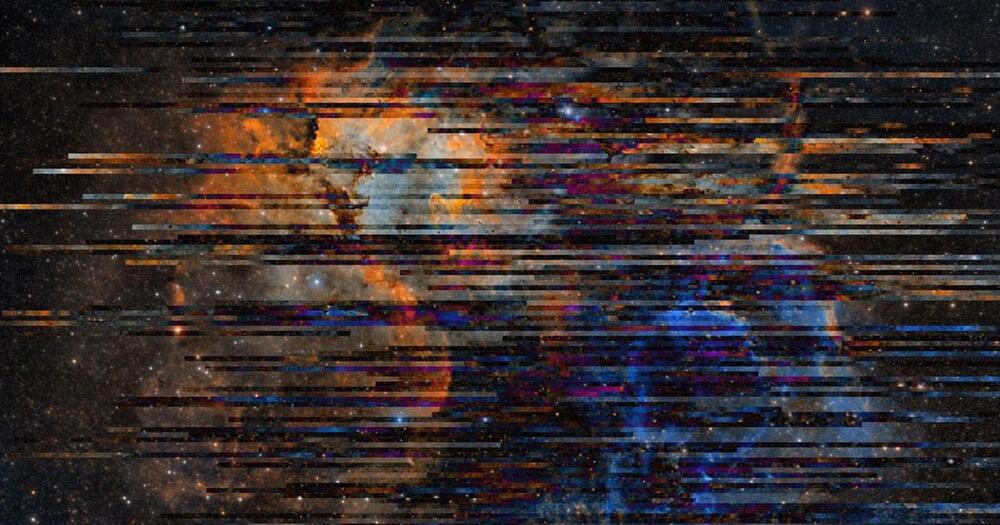
Researchers have discovered what they’re calling a “cosmic glitch” in gravity, which could potentially help explain the universe’s strange behavior on a cosmic scale.
As detailed in a new paper published in the Journal of Cosmology and Astroparticle Physics, the team from the University of Waterloo and the University of British Columbia in Canada posit that Albert Einstein’s theory of general relativity may not be sufficient to explain the accelerating expansion of the universe.
Einstein’s “model of gravity has been essential for everything from theorizing the Big Bang to photographing black holes,” said lead author and Waterloo mathematical physics graduate Robin Wen in a statement about the research. “But when we try to understand gravity on a cosmic scale, at the scale of galaxy clusters and beyond, we encounter apparent inconsistencies with the predictions of general relativity.”
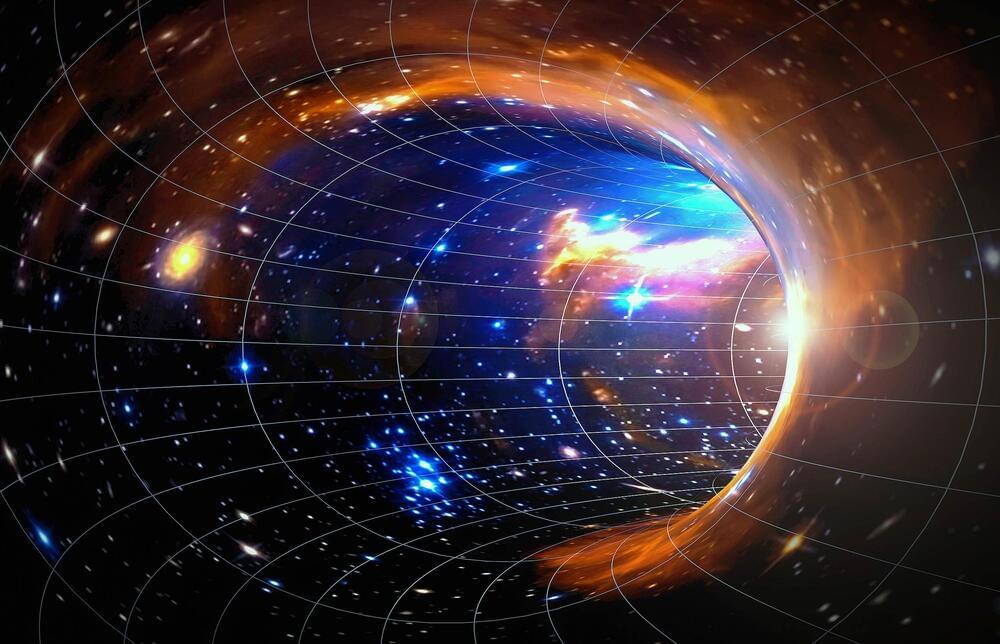
Researchers have stumbled upon a phenomenon that could rewrite our understanding of the universe’s gravitational forces. Known as the “cosmic glitch,” this discovery highlights anomalies in gravity’s behavior on an immense scale, challenging the established norms set by Albert Einstein’s theory of general relativity.
For over a century, general relativity has served as the backbone for our understanding of cosmic phenomena, ranging from the dynamics of the Big Bang to the intricacies of black holes. The theory posits that gravity influences not only the three spatial dimensions but also time itself.
Validated through numerous tests and observations, general relativity has been a robust model that physicists and astronomers worldwide rely on.

It strikes me as contradictory that the scientific community will say that we don’t know what dark matter is, but be happy to state things like “dark matter makes up about 85% of the cosmos” (source: phys.org)
Is there something wrong with the way I’m thinking about this? If MOND is correct for example, which seems to be a possibility still, wouldn’t this mean that the statement about dark matter making up a certain percentage of the universe be false?
